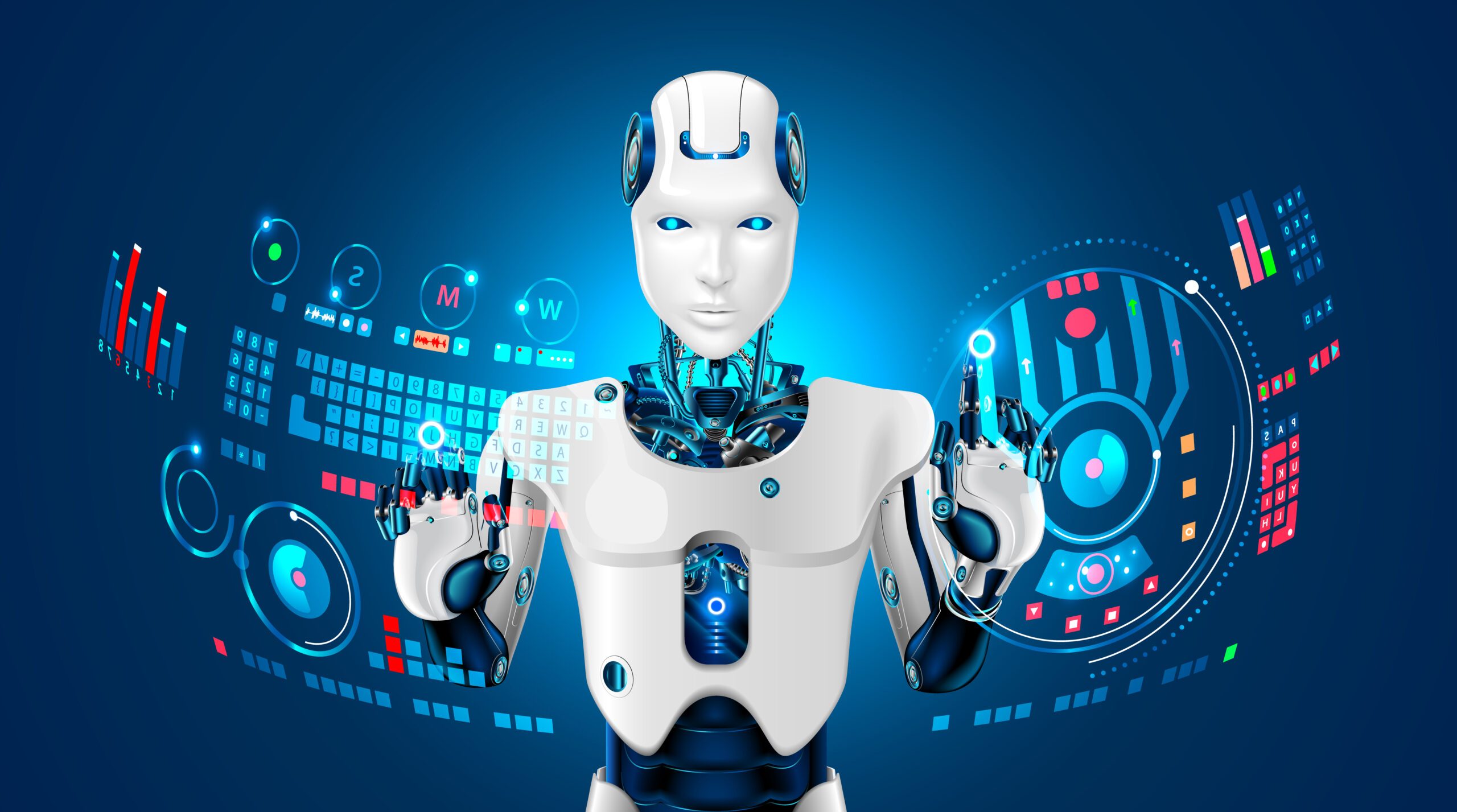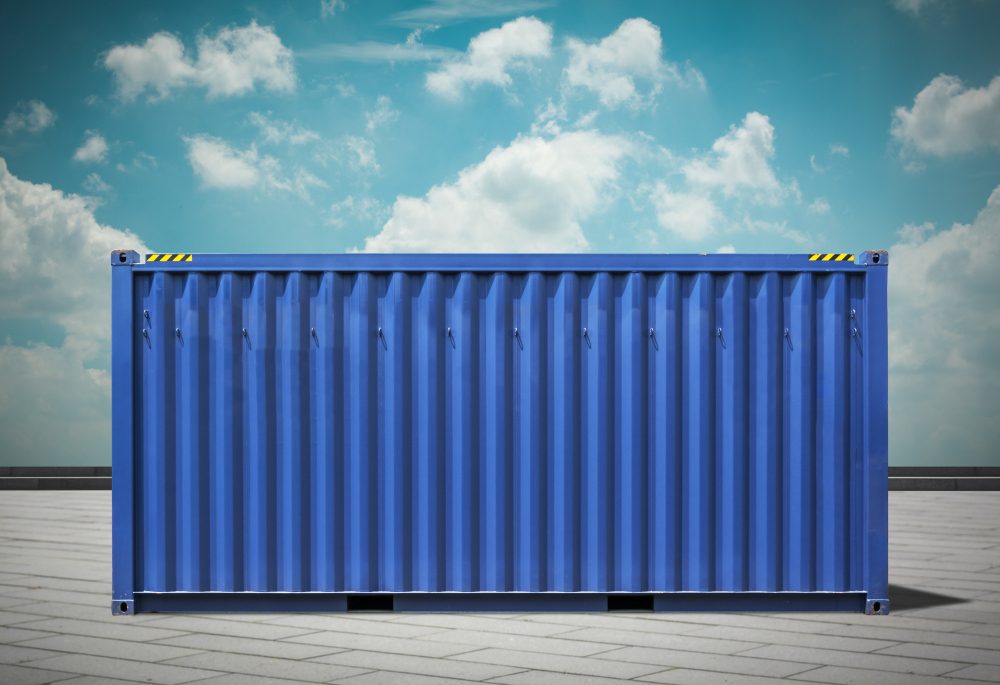Last month, we talked about how China’s recent “Robot Olympics” might have been easy to laugh at.
But it proved that China is deadly serious about its robotics ambitions.
And China isn’t the only nation pouring billions into this technology. After all, the rise of robots has the potential to exceed the impact of the Industrial Revolution.
Here in the U.S., one of the clearest signs that George Gilder and I are right about what we call Convergence X can be found in robotics.
In fact, over just the past few weeks, we’ve seen multiple breakthroughs that show how fast this field is moving.
The Rise of Smarter, Faster Robots
Factories have long relied on robotic arms. But until now, coordinating them could be painfully slow.
Motion planning software can take hours — or sometimes even days — just to choreograph how multiple robotic arms work together without smashing into each other. And every time a product design changes, engineers typically have to reprogram the entire line.
But a team from UCL, Google DeepMind and Intrinsic has changed everything.
Their breakthrough system, called RoboBallet, uses reinforcement learning and graph-based planning to orchestrate up to eight arms across 40 tasks in mere seconds.
Instead of painstakingly scripting each step, these robots can self-organize in real time.
And you can imagine the implications for an automaker.
Today, a factory has to stop production while engineers rewrite code for hundreds of robots.
But with RoboBallet, these same robots could instantly reconfigure to handle a new door panel or battery frame.
This advance has the potential to cut costs immensely.
And in Arizona’s desert, where Taiwan Semiconductor Manufacturing (NYSE: TSM) is building a massive semiconductor hub, or in Ohio’s new “Silicon Heartland,” factories will soon need this kind of adaptable robotics to scale production.
But the frontier of robotics isn’t limited to factories.
In Switzerland, researchers recently strapped a badminton racket to ANYmal, a four-legged robot dog better known for disaster response drills.
Image: ANYbotics
Then they trained it through 50 million simulated rallies — about the equivalent of decades of human practice — and set it loose on a court.
The dog tracked the shuttlecock, repositioned itself and returned shots at speeds nearing 12 meters per second. And at first glance, the video of this robot in action might look comical.
But it represents a real leap in agility.
Not to be outdone, UC Berkeley recently introduced HITTER, a humanoid robot that can hold its own in table tennis.
Image: Hybrid Robotics on YouTube
In the video, the robot handles the paddle with precision, stringing together a rally of over 100 shots. You can see in the image above how it holds its left hand steady for balance as it plays with the fluidity of a human.
But sports like badminton and table tennis are just proof-of-concept. The bigger opportunity here lies in things like reconnaissance and disaster recovery.
If a robot can react quickly enough to volley with a human, it can also dodge falling debris after an earthquake or squeeze through the wreckage of a collapsed building.
The ability to read a fast-moving object, adjust posture and strike with precision is exactly what’s needed in unpredictable environments.
And these lessons in agility are now being scaled up to the most advanced robots on the planet.
Boston Dynamics, working with Toyota Research Institute, recently unveiled a new version of its humanoid robot, Atlas.
For years, Atlas has been the gold standard in robotics, known for walking on two legs, jumping and even doing flips .
Now it has taken another major step forward.
In the past, robots needed one brain for walking, another for grabbing things and yet another for vision.
But the new Atlas uses a single Large Behavior Model that can handle vision, balance and manipulation all within the same system.
Trained on tens of thousands of demonstrations and advanced simulations, Atlas doesn’t just follow commands.
It learns.
Drop an object in its hand and it figures out how to recover it without explicit programming.
And unlike clunky robots of the past, if Atlas slips, it doesn’t topple over. Instead, it quickly works out how it can steady itself.
To me, this is the robotics equivalent of ChatGPT.
One model, trained on enough data, is now able to suddenly develop new and unexpected skills.
This kind of adaptability is the holy grail for robotics. And the payoff could be enormous.
Goldman Sachs projects the humanoid market could reach $38 billion by 2035.
But if Atlas is already showing generalist reasoning, that timeline might happen even sooner.
Here’s My Take
Let me be clear. This is about far more than robots doing backflips and playing games.
As manufacturing returns to America, research centers in Boston, Pittsburgh and Austin are developing advanced robotics that could directly impact the multi-billion-dollar factories rising in Arizona, Ohio and Texas.
The breakthroughs these labs have already accomplished are undeniable.
The same generalist intelligence that turned AI chatbots into multi-purpose tools is now being applied to robots.
They’re starting to self-organize and develop generalist reasoning.
And as these skills improve, robots that can “think on their feet” will change how everything from cars to chips to infrastructure gets built.
Layer in the surge of U.S. investment in manufacturing, and you can see the outline of a much larger convergence…
One with the potential to create generational wealth for investors who recognize where this convergence is heading.
Regards,
Ian King
Chief Strategist, Banyan Hill Publishing
Editor’s Note: We’d love to hear from you!
If you want to share your thoughts or suggestions about the Daily Disruptor, or if there are any specific topics you’d like us to cover, just send an email to [email protected].
Don’t worry, we won’t reveal your full name in the event we publish a response.
So feel free to comment away!
Disclaimer: This story is auto-aggregated by a computer program and has not been created or edited by finopulse.
Publisher: Source link








